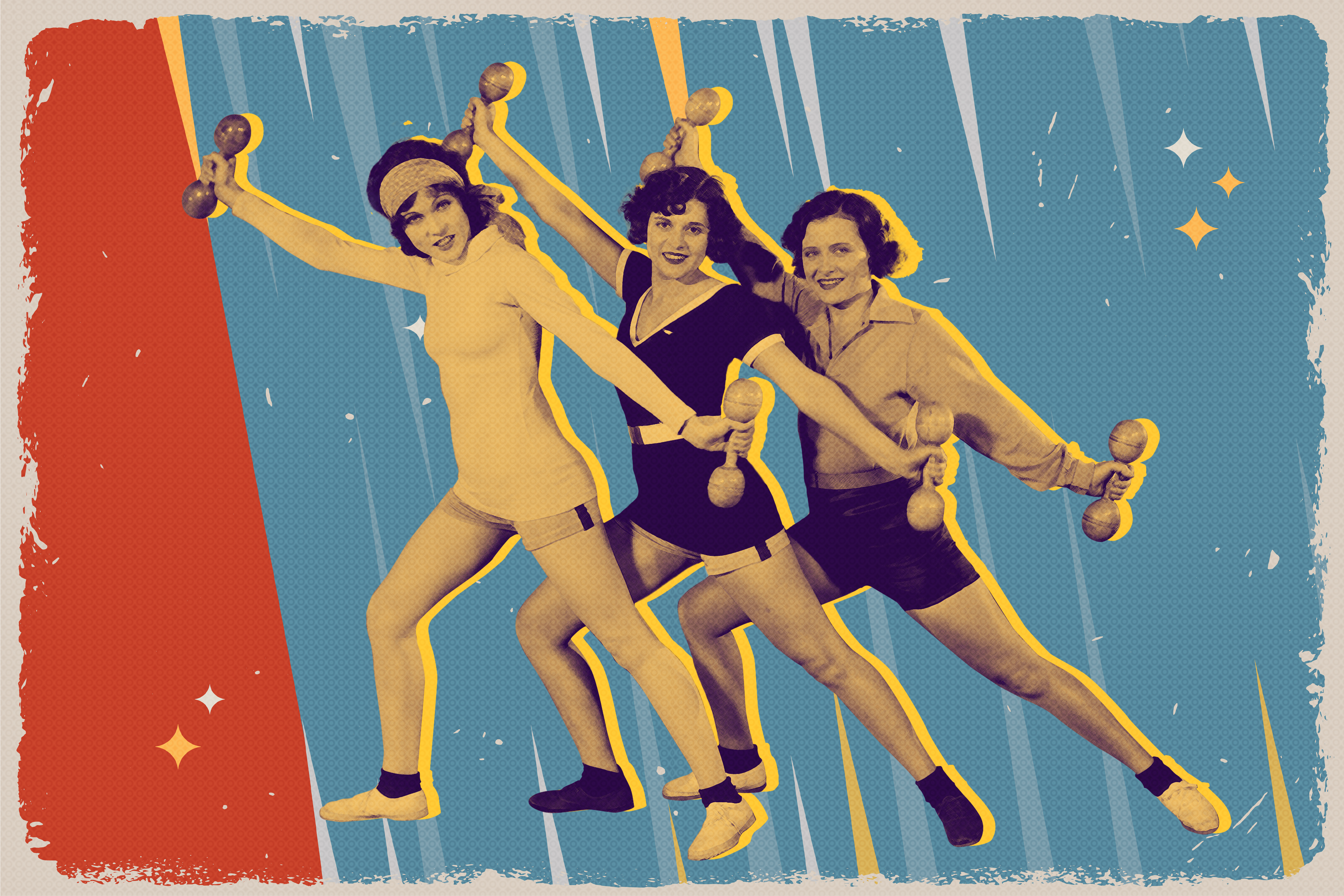Getting enough exercise can be a major challenge, which is why, according to the Centers for Disease Control and Prevention (CDC), more than 75 percent of us don’t do it. Among the many reasons we don’t exercise, the most common one is that we simply can’t fit it into our busy schedules. With work, family commitments, and household chores, the thought of getting a 30- or 45-minute workout in, along with time to change clothes and shower, can be overwhelming. The standard recommendation of 150 minutes of moderate-intensity physical activity each week is a big ask that just doesn’t align well with the many other demands placed on our time.
That’s where the idea of “bite-sized workouts” offers a very doable solution. These exercise sessions that last minutes can be spread throughout the day and can be squeezed into the busiest schedule. It’s an approach to physical activity that dismantles the standard exercise formula but still offers many of the same powerful benefits.










